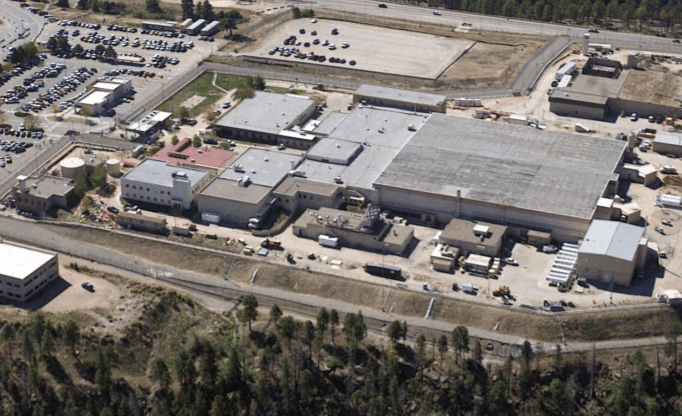
Pit production will continue to share space at the Los Alamos National Laboratory’s PF-4 Plutonium Facility with other missions for the foreseeable future, the head of the National Nuclear Security Administration told a federal safety agency on Wednesday.
The…